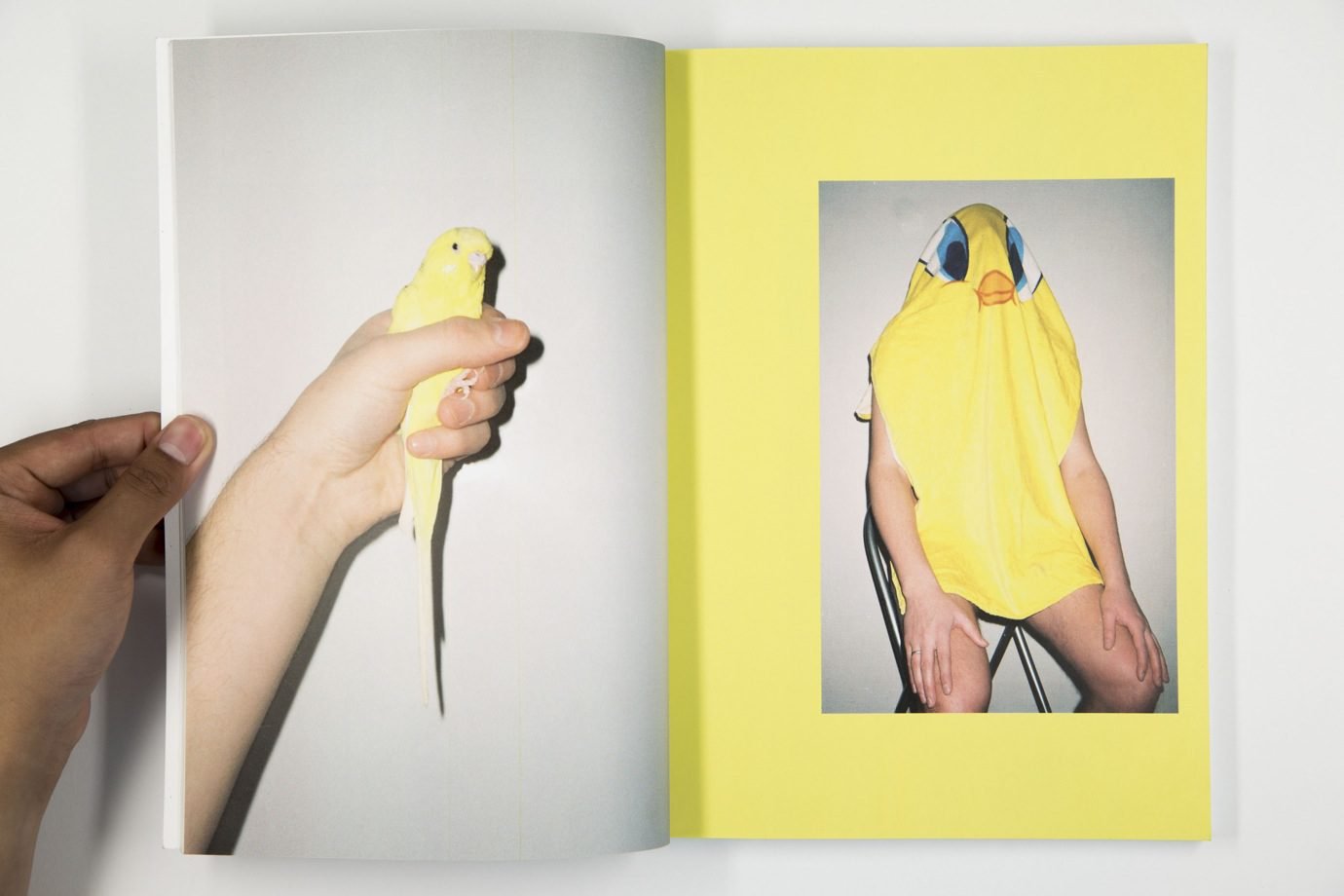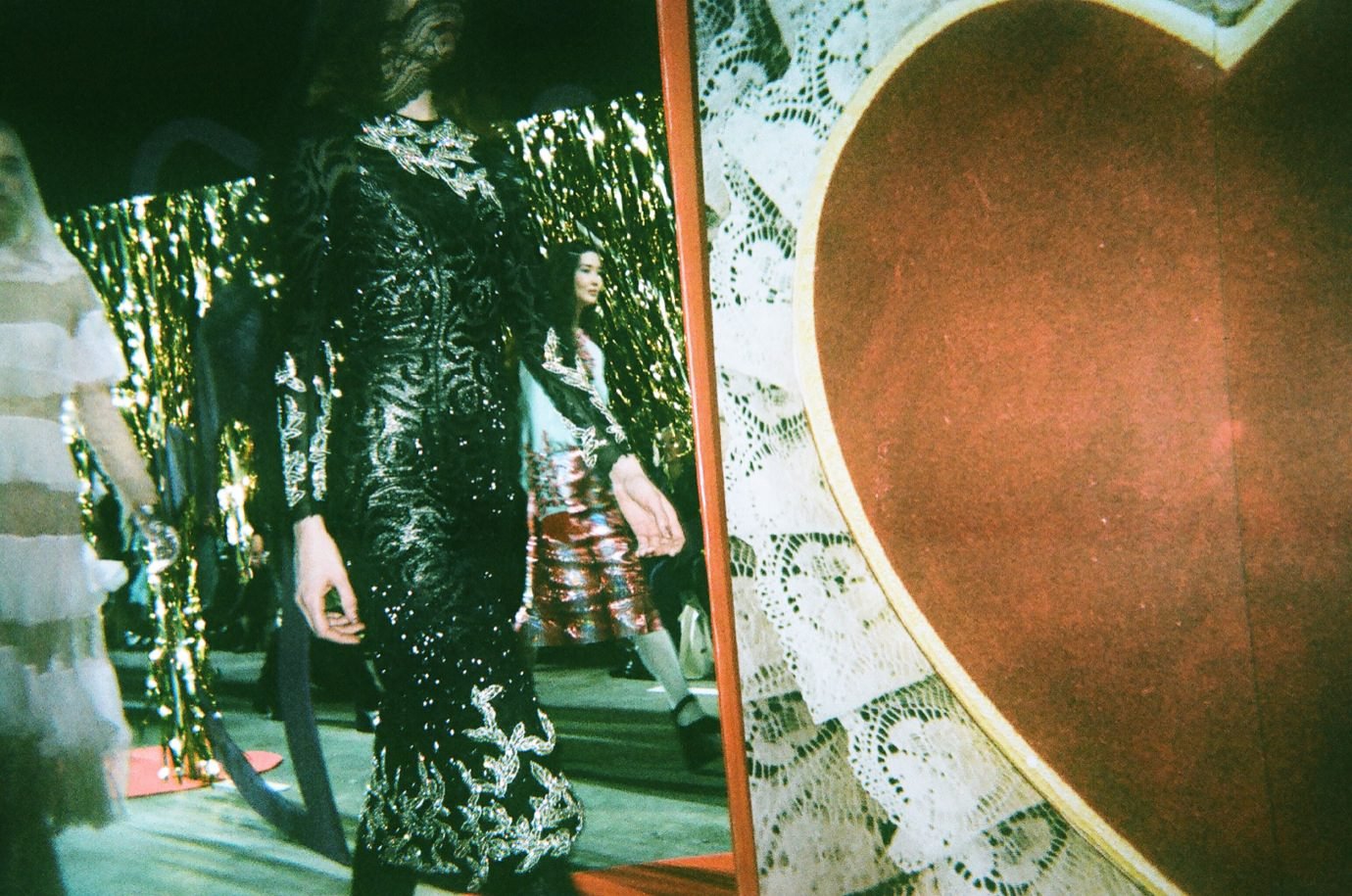A part of your job is consulting. What kinds of institutions do you work with and what do you do with them?
At the archives, we work closely with a number of institutions, fashion houses, stylists, and costume designers. Also, musical artists, personalities, and performers are in need of stand-out pieces for special events and photoshoots. One of a Kind has contributed to the archives and exhibitions at the MET (NYC), Victoria Gallery (Melbourne), and Barbican Centre (London). Gucci, Dior, and Alaia have bought pieces to add to their own archives. Fashion house design teams will present their ideas for a collection and we will hold appointments for them to present vintage options or reference points to use as inspiration. It’s an exciting part of the job as it’s always interesting to see where the initial idea ends up as part of the final collection. I also do personalised creative direction research for a number of clients and brands, they will have a brief for a shoot, product, or launch and I will develop image banks and pdfs tailored to their requests.
“The market has become oversaturated with the same collections of designers and time-periods, there are so many amazing ‘forgotten’ brands that have not surfaced on the vintage market yet and got the recognition they deserve.” – James Chester
Do you have any advice for someone who is thinking of starting an archive?
Find a time period or small group of designers that excites you and has yet to be archived – the market has become oversaturated with the same collections of designers and time-periods, there are so many amazing ‘forgotten’ brands that have not surfaced on the vintage market yet and got the recognition they deserve. It doesn’t necessarily have to be fashion, it could be furniture, magazines, or children’s toys, there’s so much out there, just a case of starting research and seeing what you can find.

























